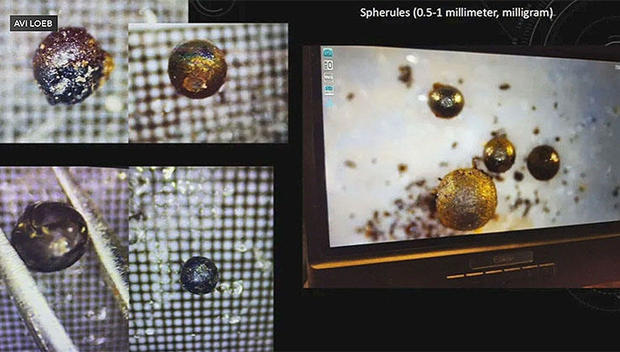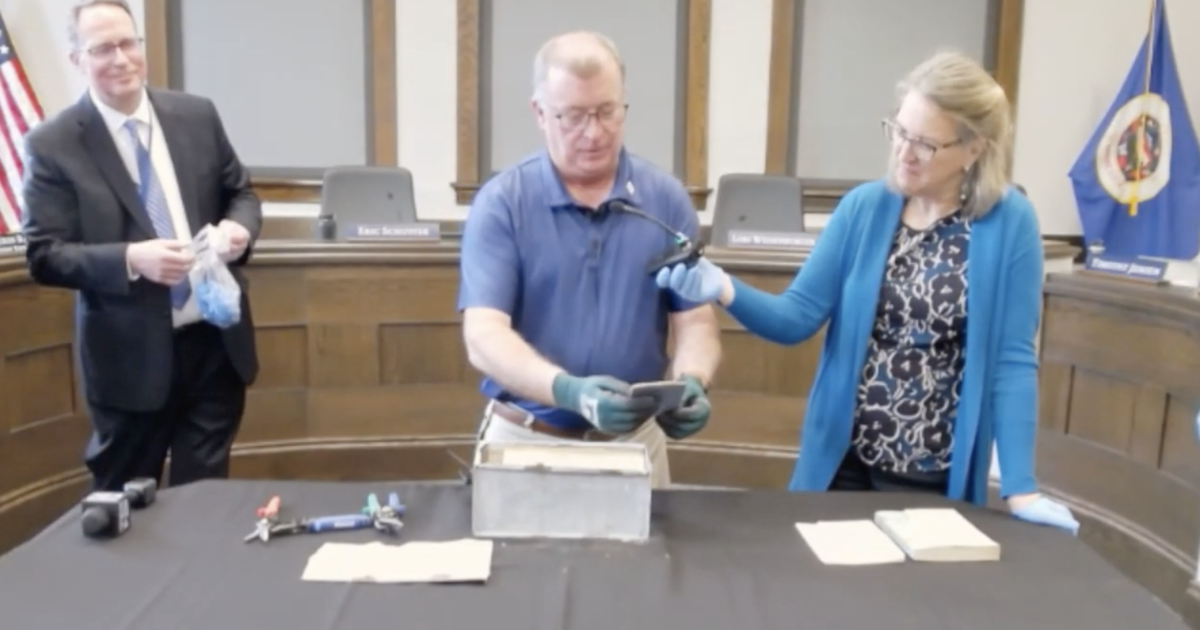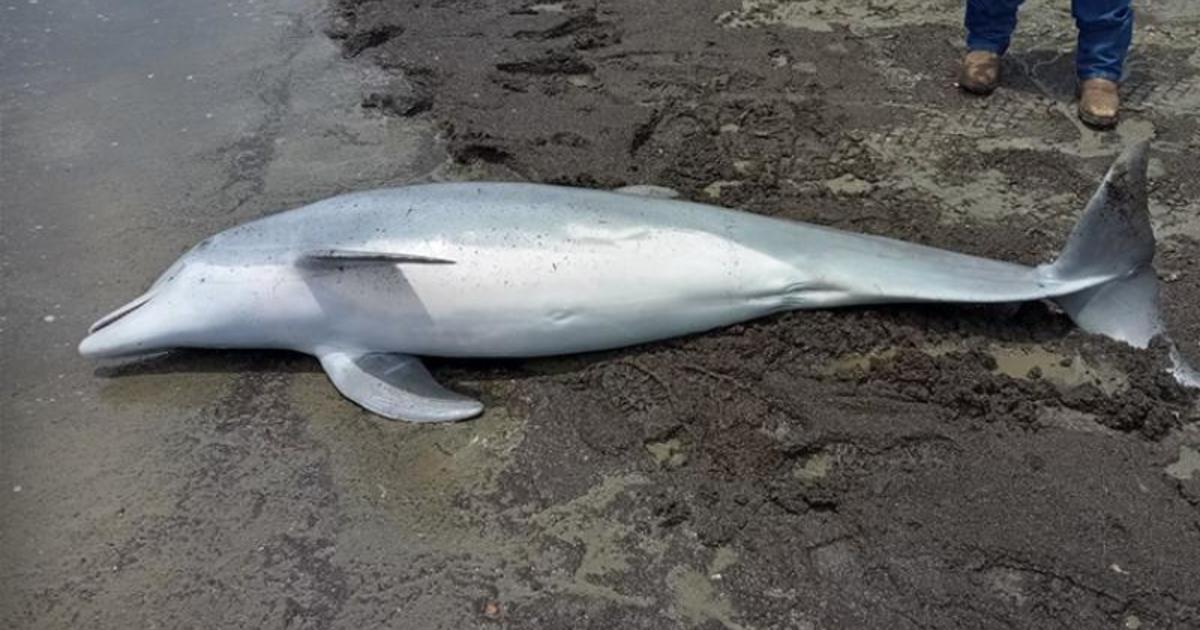Harvard professor Avi Loeb believes he's found fragments of alien technology
CAMBRIDGE, Mass. - Harvard professor Avi Loeb believes he may have found fragments of alien technology from a meteor that landed in the waters off of Papua New Guinea in 2014.
Loeb and his team just brought the materials back to Harvard for analysis. The U.S. Space Command can confirm with almost near certainty, 99.999%, that it came from another solar system. The government gave Loeb a 10 km (6.2 mile) radius of where it may have landed.
"That is where the fireball took place, and the government detected it from the Department of Defense. It's a very big area the size of Boston, so we wanted to pin it down," said Loeb, "We figured the distance of the fireball based off the time delay between the arrival of blast wave, the boom of explosion, and the light that arrived quickly."
Their calculations allowed them to chart a potential path of the meteor. Those calculations happened to carve a path right through the projected 10 km range that came from the US government. Loeb and his crew took a boat out there called the Silver Star. The ship took numerous passes along and around the projected path. The researchers combed the ocean floor by attaching a sled full of magnets to their boat.
"We found ten spherules. These are almost perfect spheres, or metallic marbles. When you look at them through a microscope, they look very distinct from the background," explained Loeb, "They have colors of gold, blue, brown and some of them resemble a miniature of the Earth."
Their composition analysis showed that the spherules are made of 84% iron, 8% silicon, 4% magnesium and 2% titanium, plus trace elements. They are sub-millimeter in size. The crew found 50 of them in total.
"It has material strength that is tougher than all space rock that were seen before, and catalogued by NASA," added Loeb, "We calculated its speed outside the solar system. It was 60 km per second, which is faster than 95% of all stars in the vicinity of the sun. The fact that it was made of materials tougher than even iron meteorites, and moving faster than 95% of all stars in the vicinity of the sun, suggested potentially it could be a spacecraft from another civilization, or some technological gadget."
He likens the situation to any of the Voyager spacecrafts launched by NASA.
"They will exit the solar system in 10,000 years. Just imagine them colliding with another planet far away a billion years from now. They would appear as a meteor of a composition moving faster than usual," explained Loeb.
The research and analysis is just beginning at Harvard. Loeb is trying to understand if the spherules are artificial or natural. If they are natural, it will give the researchers insight into what materials may exist outside of our solar system. If it is artificial, the questions really begin.
"It will take us tens of thousands of years to exit our solar system with our current spacecraft to another star. This material spent that time arriving to us, but it's already here," smiled Loeb, "We just need to check our backyard to see if we have packages from an interstellar Amazon that takes billions of years for the travel."
He still has more debris to research, and hours of unwatched footage from the camera attached to their sled. He believes there is a chance the spherules could be small breadcrumbs to a bigger find.
"They also help us pinpoint any big piece of the meteor we could find in a future expedition," details Loeb, "We hope to find a big piece of this object that survived the impact because then we can tell if it's a rock or technological gadget."




